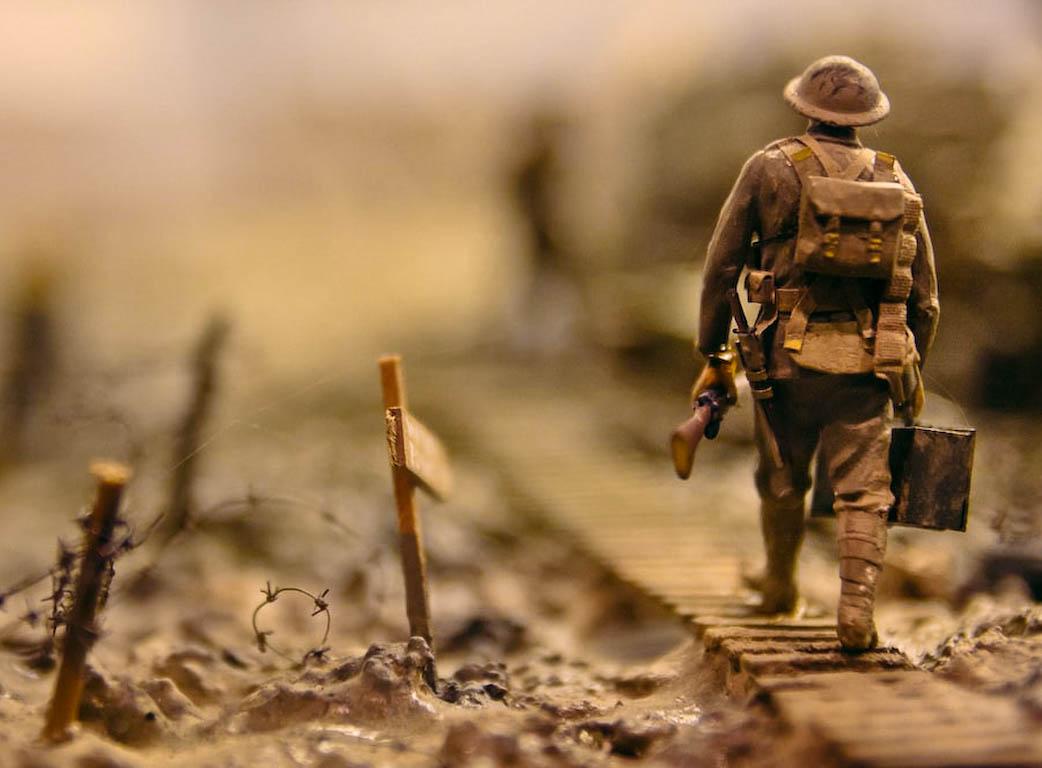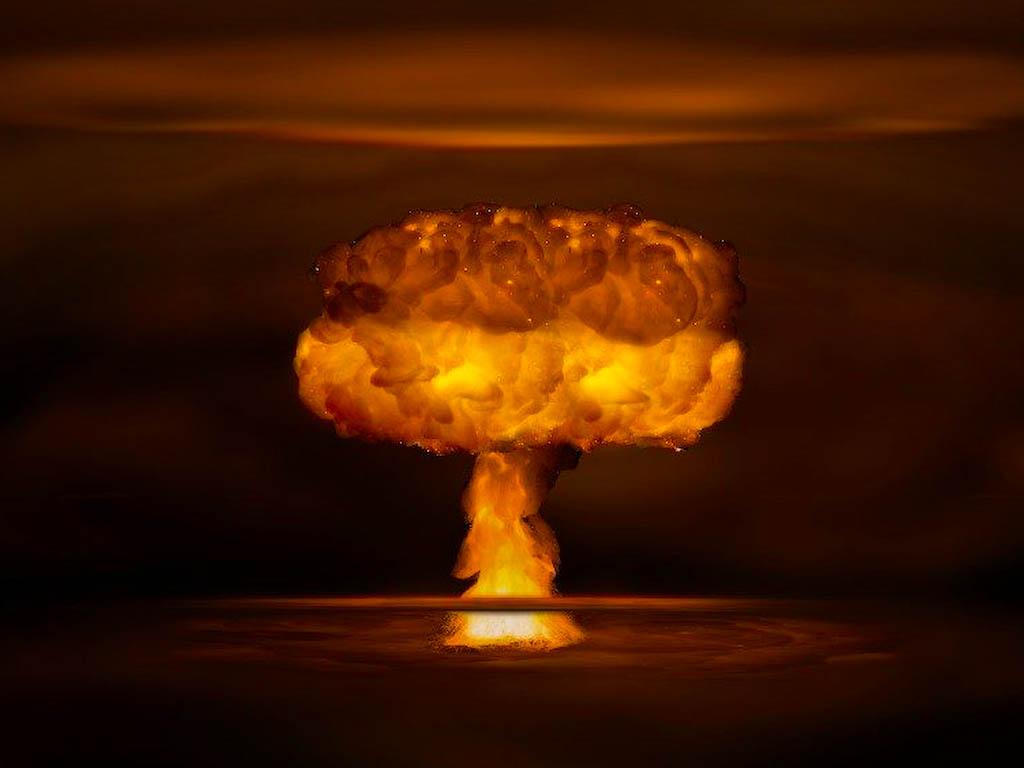The War in Ukraine Triggers a Record Increase in World Military Spending
IPS 24.04.2023 Thalif Deen Translated by: Jpic-jp.orgThe United Nations has warned that the February 2022 Russian invasion of Ukraine has threatened to force up to 1.7 billion people — over one-fifth of humanity — into poverty, destitution and hunger. Long before the war, Ukraine and Russia provided about 30 per cent of the world’s wheat and barley, one-fifth of its maize, and over half of its sunflower oil. But the ongoing 14th-month-old war has undermined– and cut-off– most of these supplies.

Together, the UN pointed out, their grain was an essential food source for some of the poorest and most vulnerable people, providing more than one-third of the wheat imported by 45 African and least-developed countries (LDCs), described as “the poorest of the world’s poor”.
At the same time, Russia was the world’s top natural gas exporter, and second-largest oil exporter. The negative fall-out from the war, and the rise in arms spending, are a blessing in disguise for US and Western arms suppliers. The US administration alone has provided an estimated 113 billion dollars in weapons, economic and humanitarian aid and security assistance to Ukraine - and with no end in sight.
As a result of the war, world military expenditures reached a new record high, according to a report from the Stockholm International Peace Research Institute (SIPRI). The study, released April 24, says total global military expenditure grew for the eighth consecutive year in 2022. And an increase of 3.7 per cent in real terms last year resulted in a new high of $2.24 trillion.
By far the sharpest rise in spending (+13 per cent) was seen in Europe and was largely accounted for by Russian and Ukrainian spending. However, military aid to Ukraine and concerns about a heightened threat from Russia strongly influenced many other states’ spending decisions, as did tensions in East Asia.
Military expenditure in Europe, a new battleground since World War II, is the steepest year-on-year increase in at least 30 years. The three largest spenders in 2022 - the United States, China and Russia - accounted for 56 per cent of the world total. All three, along with Britain and France, are veto-wielding permanent members of the UN Security Council who are expected to abide by one of the core principles in the UN charter: maintaining international peace and security.
The United States remains by far the world’s biggest military spender. US military spending reached $877 billion in 2022, which was 39 per cent of total global military spending and three times more than the amount spent by China, the world’s second largest spender.
The 0.7 per cent real-term increase in US spending in 2022 would have been even greater had it not been for the highest levels of inflation since 1981, according to the SIPRI study.
Dr Nan Tian, Senior Researcher with SIPRI’s Military Expenditure and Arms Production Programme, said “the continuous rise in global military expenditure in recent years is a sign that we are living in an increasingly insecure world.” States -she said- are bolstering military strength in response to a deteriorating security environment, which they do not foresee improving in the near future.
Ukraine’s military spending reached $44.0 billion in 2022. At 640 per cent, this was the highest single-year increase in a country’s military expenditure ever recorded in SIPRI data.
As a result of the increase and the war-related damage to Ukraine’s economy, the military burden (military spending as a share of GDP) shot up to 34 per cent of GDP in 2022, from 3.2 per cent in 2021, according to the SIPRI study.
“The invasion of Ukraine had an immediate impact on military spending decisions in Central and Western Europe. This included multi-year plans to boost spending from several governments,” said Dr Diego Lopes da Silva, Senior Researcher with SIPRI’s Military Expenditure and Arms Production Programme. “As a result, we can reasonably expect military expenditure in Central and Western Europe to keep rising in the years ahead.”
Some of the sharpest increases were seen in Finland (+36 per cent), Lithuania (+27 per cent), Sweden (+12 per cent) and Poland (+11 per cent).
‘While the full-scale invasion of Ukraine in February 2022 certainly affected military spending decisions in 2022, concerns about Russian aggression have been building for much longer,’ said Lorenzo Scarazzato, Researcher with SIPRI’s Military Expenditure and Arms Production Programme. “Many former Eastern bloc states have more than doubled their military spending since 2014, the year when Russia annexed Crimea,” while Russia and Ukraine have raised military spending as war rages on.
Russian military spending grew by an estimated 9.2 per cent in 2022, to around $86.4 billion. This was equivalent to 4.1 per cent of Russia’s gross domestic product (GDP) in 2022, up from 3.7 per cent of GDP in 2021. Figures released by Russia in late 2022 show that spending on national defence, the largest component of Russian military expenditure, was already 34 per cent higher, in nominal terms, than in budgetary plans drawn up in 2021.
“The difference between Russia’s budgetary plans and its actual military spending in 2022 suggests the invasion of Ukraine has cost Russia far more than it anticipated,” said Lucie Béraud-Sudreau, Director of SIPRI’s Military Expenditure and Arms Production Programme.
Other notable developments, according to SIPRI included:
- The real-terms increase in world military spending in 2022 was slowed by the effects of inflation, which in many countries soared to levels not seen for decades. In nominal terms, the global total increased by 6.5 per cent.
- India’s military spending of $81.4 billion was the fourth highest in the world. It was 6.0 per cent more than in 2021.
- In 2022, military spending by Saudi Arabia, the fifth biggest military spender, rose by 16 per cent to reach an estimated $75.0 billion, its first increase since 2018.
- Nigeria’s military spending fell by 38 per cent to $3.1 billion, after a 56 per cent increase in spending in 2021.
- Military spending by NATO members totalled $1,232 billion in 2022, which was 0.9 per cent higher than in 2021.
- The United Kingdom had the highest military spending in Central and Western Europe at $68.5 billion, of which an estimated $2.5 billion was financial military aid to Ukraine.
- In 2022, Turkey’s military spending fell for the third year in a row, reaching $10.6 billion—a decrease of 26 per cent from 2021.
- Ethiopia’s military spending rose by 88 per cent in 2022, to reach $1.0 billion. The increase coincided with a renewed government offensive against the Tigray People’s Liberation Front in the north of the country.
See, The War in Ukraine Triggers a Record Increase in World Military Spending





















 EDitt | Web Agency
EDitt | Web Agency
Leave a comment